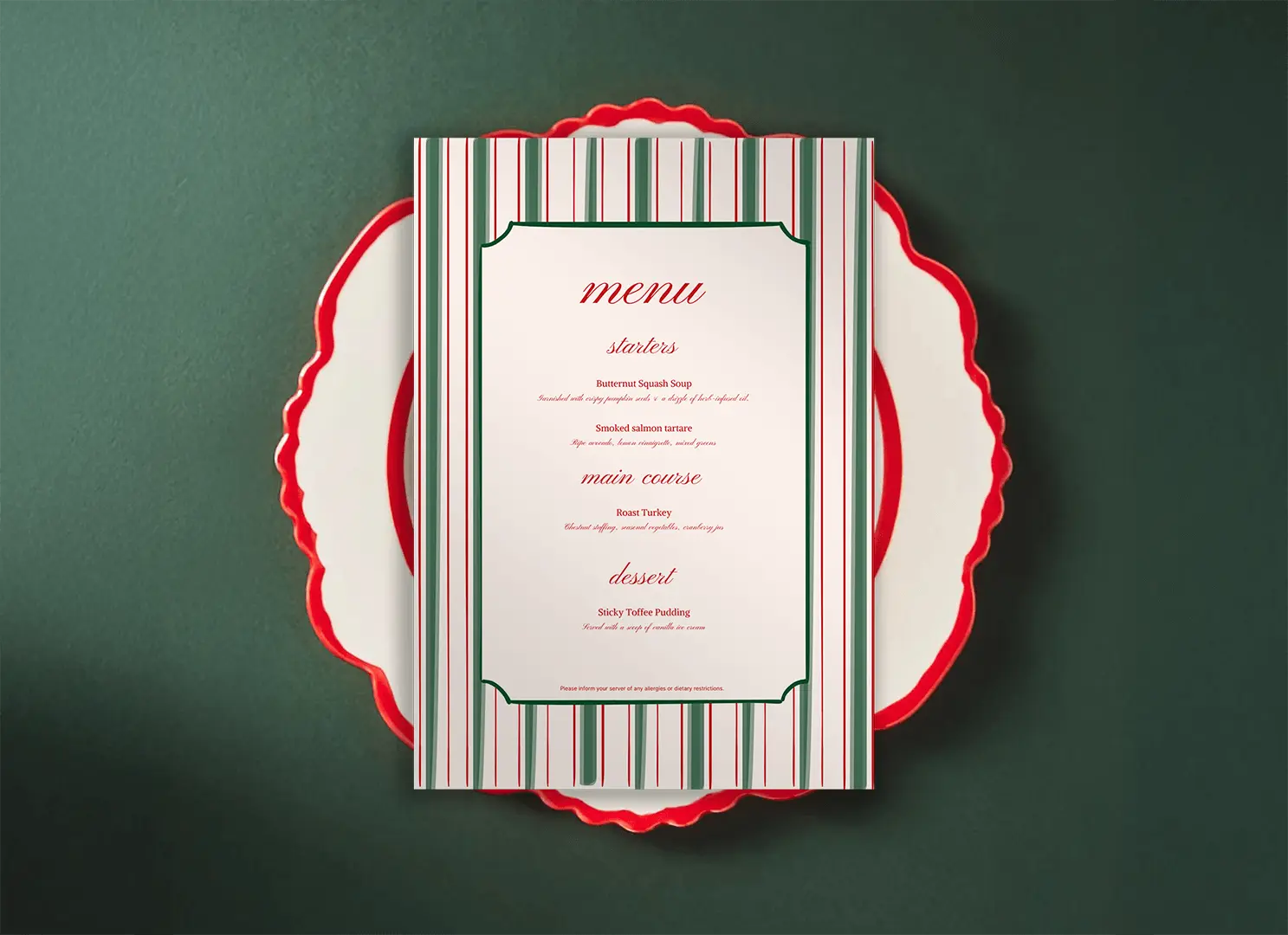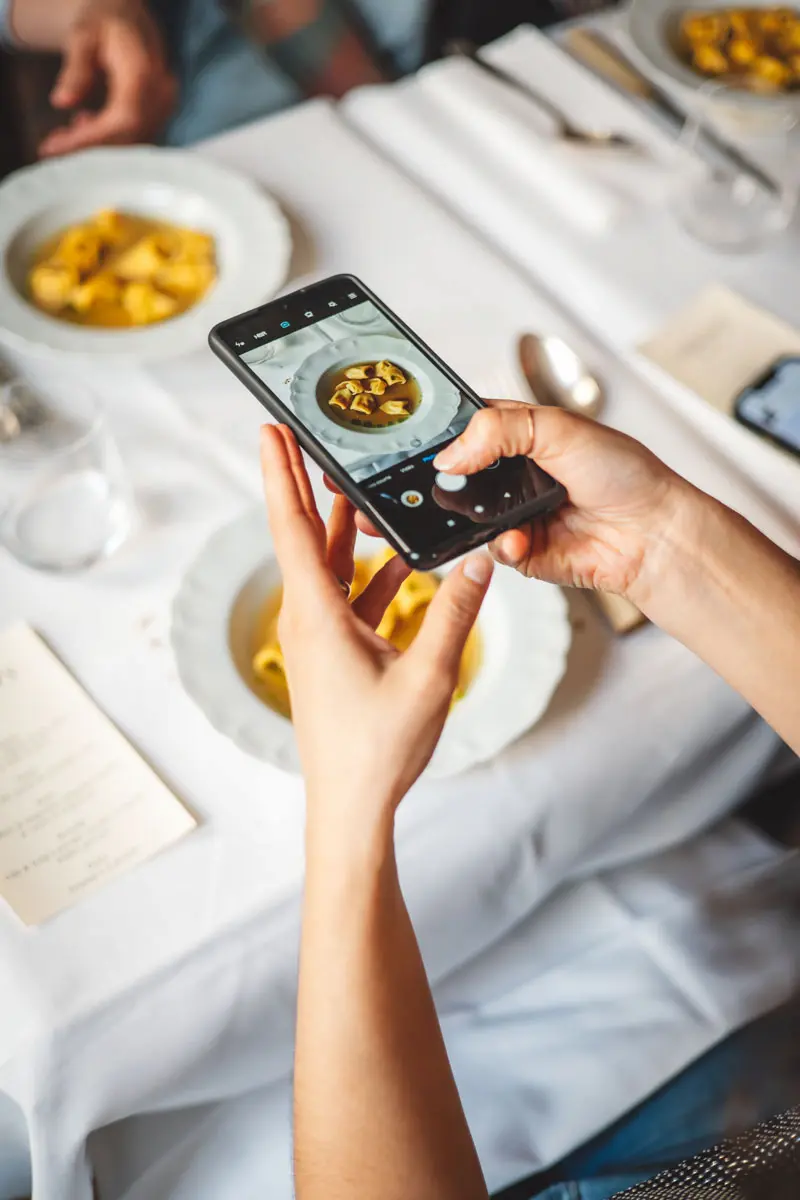
The language of cutlery - a subtle form of communication
When you enter a fine restaurant, a discreet ballet unfolds before your very eyes, between the whispering of waiters, the bursts of diners' voices, and the delicate clinking of cutlery. It's in this hushed atmosphere that a complex non-verbal communication takes place: the language of cutlery. This universal code, which transcends words, provides a silent but effective interface between customers and restaurant staff.
Once you've mastered this subtle language, understanding customers' intentions and needs becomes natural. As a restaurateur, this enables you to offer a service of unrivalled fluidity and politeness. In a world where direct human interaction sometimes tends to diminish, this return to the essentials through cutlery offers an interesting perspective on the traditions that endure in the face of increasing modernity.
Cutlery positions and their meanings
The “I'm not finished” position
When cutlery is placed crosswise or in a V-shape on the plate, this means that the guest is planning to continue with his or her meal. This sign, sometimes overlooked, is crucial in preventing a waiter from removing a dish that the customer wishes to enjoy to the last bite. A pause for conversation or rest is thus clearly signaled, preventing service wandering.
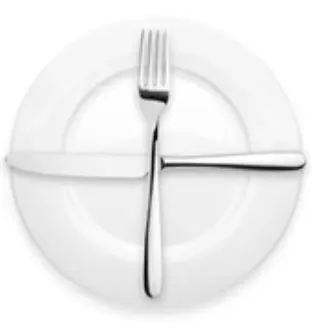
The “I'm finished” position
In a more formal way, aligning the cutlery parallel on the plate indicates that the meal is finished. Imagine a clock, and place your cutlery between 4:20 and 6:00. It is an elegant and succinct way to let it be understood that the guest is ready for the next service, whether it is a dessert or a coffee to end the meal.

The “I didn't like it” position
This gesture, rarer because it expresses dissatisfaction with the dish, is subtle but meaningful. Crossing the cutlery, often by placing the knife blade between the tines of the fork, expresses dissatisfaction which could, ideally, open a dialogue with the waiter or the maître d'hôtel. It is an implicit invitation to listening and understanding, essential elements for pivoting on the service or suggesting an alternative.
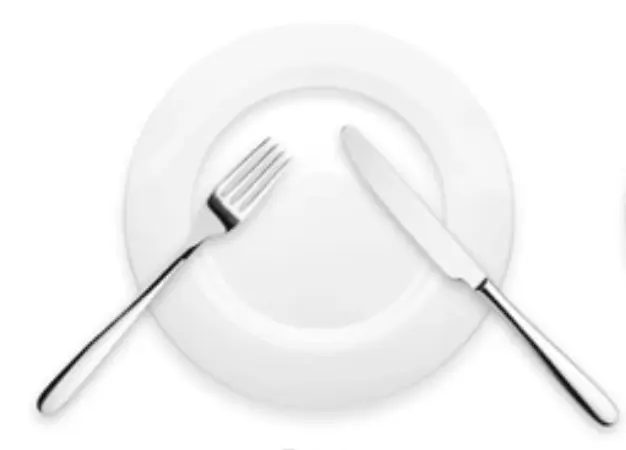
The “The meal was excellent” position
When a customer wishes to express their complete satisfaction, they can group the cutlery together, handles facing down. This symbolic gesture conveys a simple but deep gratitude towards the chef and the service. It is an expected practice in high-end restaurants, and can favorably impress the staff while consolidating a positive customer relationship.
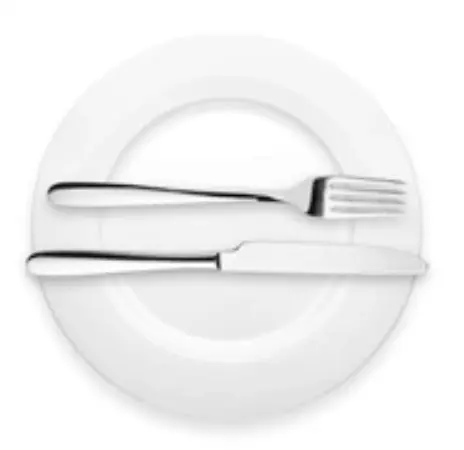
Other positions and their particularities
In addition to these classic positions, some adapt their signals to add a touch of personality or to conform to specific cultural practices. For example, in some restaurants in Scandinavia, it is common to place the knife horizontally on top of the plate to signify that you are done.
The nuances linked to these signals reveal how much our non-verbal expression remains charged with intentionality, translating these gestures thus becomes a precise skill for informed restaurateurs.
Origin and evolution of this non-verbal language
The language of cutlery has its roots in a long European tradition. A look back at the emergence of these codes, as fascinating as they are steeped in history.
Around the Middle Ages, during the opulent banquets organized in the great royal courts, the art of the table was already taking on all its importance. The banquets were an opportunity to strengthen social and political ties. With many guests and a variety of dishes served at the same time, the first rudiments of a non-verbal language emerged: subtle signals to indicate one's preferences, and optimize service.
The Renaissance saw the emergence of the first quality cutlery and increased elegance at the table. The handling of cutlery began to be imbued with a true art, both in their arrangement and in their use. From there, a silent but rigorous code was established.
By spreading throughout Europe through alliances and royal marriages, these codified practices evolved into a coherent language adopted more widely well beyond the nobility.
Over the centuries, the language of cutlery flew over borders to be adopted internationally. However, regional particularities have persisted, each culture bringing its own touch to these ancestral conventions.
The differences in cutlery positions across Europe
France
France, with its unparalleled love for gastronomy, firmly adheres to its table traditions. The criteria for a finished meal – 4:20 – remain widely adopted. This method is deeply rooted in the cultural habits of France, a standard that any lover of good food should know.
Germany
Among our German neighbors, clarity and rigor are infused into the art of arranging cutlery. Marking the end of a meal with cutlery placed at 6:00 is common practice. Respecting these details transforms the meal into an almost ritual act.
England
In England, the codes are slightly different, especially the gesture of crossing the cutlery, often interpreted as a pause in the meal. A poorly honed understanding of these uses could therefore easily lead to service errors in an international setting.
Other European variations
In Spain, the expression of satisfaction can be concluded with an audible sigh rather than a positioning of the cutlery. In Italy, a slight entanglement of the cutlery could indicate that the customer wishes to share their dish or invite a spontaneous conversation around its flavor. (Source)
The importance of staff training on these codes
Mastery of these non-verbal signals is a fundamental aspect of any restaurant seeking to raise its level of service.
Improved customer service
Staff must be trained to immediately recognize these signals in order to respond proactively to customer needs. A slight hesitation can turn out to be the cause of inconvenience or disappointment if a customer's intentions are ignored.
Reputation Enhancement
Properly trained staff can make the difference by turning a simple visit into a memorable experience. Customers are more likely to leave a positive comment or recommend an establishment where every detail is taken into account.
Increased satisfaction and loyalty
By ensuring that guests feel understood and valued in their expectations, restaurateurs can build customer loyalty. Studies show that a satisfied customer is not only likely to return, but also to spend 30% more on subsequent visits [source: Satisfaction Client - Food Service Research].
To offer this quality of service, it is crucial to provide regular and updated training, which incorporates these codes but also puts them in relation to the other aspects of the modern culinary offer.
The future of cutlery language in modern catering
At a time when technology is transforming all aspects of the culinary experience, the language of cutlery is at an interesting crossroads. The introduction of order taking tablets and other digital innovations in the dining room redefines customer expectations and service efficiency. However, these advances do not necessarily have to replace traditional practices; they can rather complement them.
Technology and traditions: a harmonious marriage
Despite the rise of technologies such as interactive order pads and real-time order tracking systems, the language of cutlery continues to offer a level of personalization and tradition that technology alone cannot reproduce. Integrating this traditional art into a modern setting can enrich the customer experience. For example, luxury hotels and high-end restaurants often blend these practices to create a service that is both innovative and respectful of traditions.
In addition, faced with the return of values such as sustainability and authenticity in the restaurant sector, maintaining these practices can play an essential role. The language of cutlery can thus become a distinctive asset that attracts a clientele that values history and culture as much as novelty.
Adaptation and continuous training
For this marriage of innovation and tradition to be effective, restaurateurs must invest in the continuous training of their staff. Not only to adopt new technologies but also to preserve the skill of reading and interpreting the language of cutlery. Training can include modules on the importance of tradition-meets-technology service, thereby increasing the added value of staff.
To find out how to integrate technology while preserving the human aspect of service, see this article on modern catering.
À l'époque où la technologie transforme tous les aspects de l'expérience culinaire, le langage des couverts se trouve à un carrefour intéressant. L'introduction de tablettes de prise de commande et d'autres innovations numériques en salle redéfinit les attentes des clients et l'efficacité du service. Cependant, ces avancées ne doivent pas nécessairement remplacer les pratiques traditionnelles; elles peuvent plutôt les compléter.
Technology and tradition: a harmonious marriage
Despite the rise of technologies like interactive ordering pads and real-time order tracking systems, the language of cutlery continues to offer a level of personalization and tradition that technology alone cannot replicate. Integrating this traditional art into a modern setting can enhance the customer experience. For example, luxury hotels and high-end restaurants often combine these practices to create a service that is both innovative and respectful of traditions.
Moreover, with the growing emphasis on values such as sustainability and authenticity in the restaurant industry, maintaining these practices can play a crucial role. The language of cutlery can thus become a distinctive asset that appeals to customers who value history and culture as much as innovation.
Adaptation and continuous training
For this blend of innovation and tradition to be effective, restaurateurs must invest in continuous staff training—not only to adopt new technologies but also to preserve the ability to read and interpret the language of cutlery. Training programs can include modules on the importance of tradition-meets-technology service, thereby increasing the added value of the staff.
Is this language still widely used today?
Despite technological advancements reshaping the gastronomic landscape, the language of cutlery remains a sought-after practice in many high-end establishments. A recent study by the Luxury Institute indicates that 67% of Michelin-starred restaurants continue to rely on this language as an integral part of the dining experience.
A pillar of gastronomic tradition
In today’s world, where digital experiences are commonplace, it is striking to see how widely this silent form of communication is still practiced. This persistence highlights the value that customers place on tradition and authenticity. Many diners view the language of cutlery as a ritual of sophistication that enriches their dining experience.
Use in contemporary establishments
Even in modern restaurants, often perceived as more casual, the language of cutlery remains a powerful tool. Understanding these signals can transform service dynamics, offering a smoother and more personalized interaction. Additionally, it is one of the elements that create a welcoming yet refined atmosphere.
Establishments that choose to uphold this tradition often see benefits in terms of customer loyalty and satisfaction. This is supported by research showing that customer engagement increases by 23% when the experience includes personalized and attentive service elements (Source: Customer Engagement Study 2022).
For more data and insights on the use of the language of cutlery in today’s world, explore the full report here.





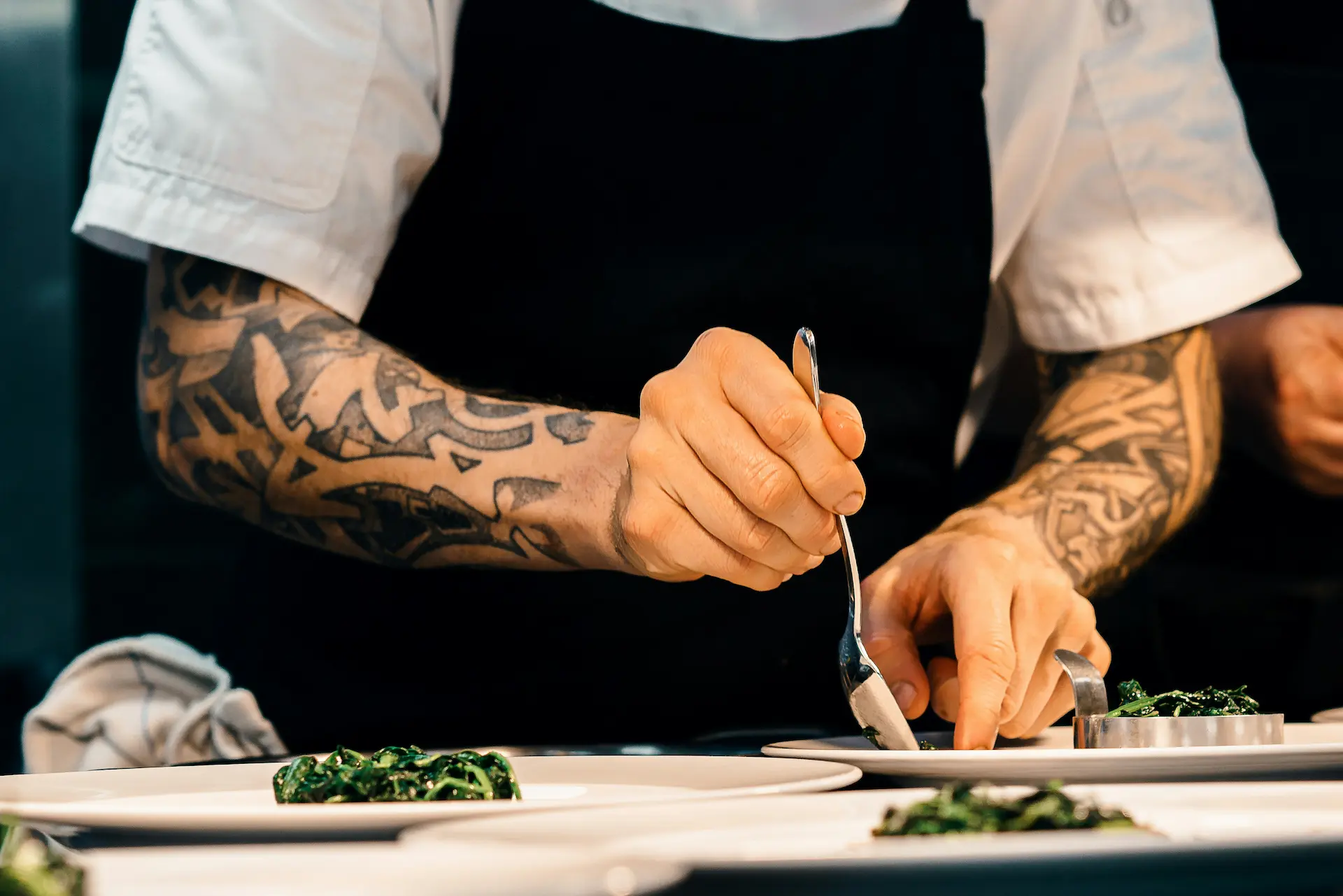
.webp)

.webp)






















.webp)





